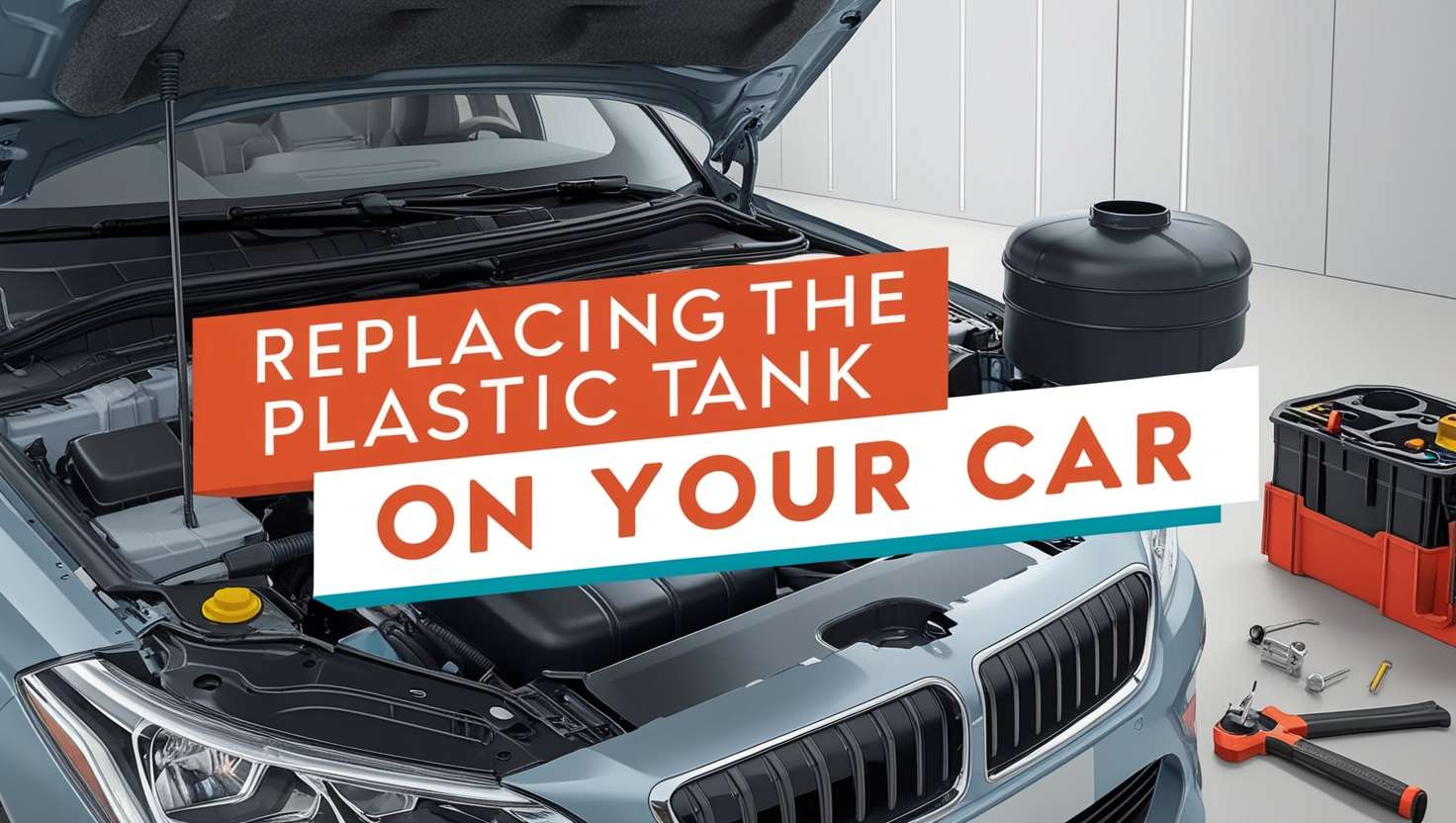

People know how crucial it is to replace a damaged plastic radiator tank. When problems like cracks, holes, and tears start, the countdown for the replacement process begins. An engine needs full support from the radiator tank, especially for long journeys and hot regions. Any leaking tank could lead to a disaster for the engine, and this is where users have to find a replacement faster. If you are one of them, you might also have questions regarding replacing the plastic radiator tank. Before you go for the solution, here is what you should know.
There is no doubt that metal tanks are better than plastic ones in terms of strength. What makes them superior is their heat resistance. No matter how strong a plastic tank is, it can not last against extremely hot conditions. However, metal tanks can deal with these situations quite easily and for longer. Therefore, replacing plastic radiator tanks in your car with metal ones will give you higher heat resistance. You will not have to worry about deformity in extreme conditions. Metal can withstand these conditions much longer than you can imagine.
That long-lasting performance comes because the metal type will not melt or crack. Unlike plastic, it will not give up in extreme conditions. Therefore, replacing plastic tanks could benefit people driving in hot regions. They will not have to worry about heat-related damage inside the tanks. As a result, the vehicle will not demand a new tank after a few years in an extremely hot region. However, a plastic tank can survive long enough to cover your cost, but not as long as a metal tank. Metal tanks are specially built and are strong enough to deal with harsh conditions.
Impacts are common when you talk about machines. Since automobiles have various components inside them, the risk of impacts increases. This is another advantage when replacing plastic tanks with metal tanks. They have better shock resistance than plastic, which makes them impact-resistant. Moreover, the dents and cracks do not occur in the metal tanks unless a much more powerful hit is taken from a sharp object.
Likewise, some coolants may have harsh chemicals. These chemicals can cause plastic to leach or face internal damage faster than metal. That makes the metal tank better than the plastic type. If you replace a plastic tank with a metal tank, you will probably get better resistance against harsh coolants. Such coolants have almost no impact on the metal surface. As a result, drivers do not have to bother to replace tanks any sooner.
You must accept that plastic tanks are still beneficial, even with their disadvantages. The benefits they offer are still irreplaceable by metal tanks. What makes plastic tanks better than metal tanks is mentioned below.
Plastic tanks have a huge advantage that can never be ignored. That advantage is their corrosion-free surface. Plastic can not be corroded since it is not metal, so plastic tanks are better than metal tanks. If metal tanks get corroded, they start losing their surface strength. Then, the risk of leakage and shortage of coolant starts occurring. This is not the case with plastic tanks. Water and coolant can not cause any damage to the plastic ones at all.
The weight of components matters a lot in a machine's overall performance. Engineers choose lightweight components to keep the fuel average good because speed is affected by it. This is where plastic tanks become a better choice than metal tanks. Their lightweight bodies make them compatible with modern cars. There is no worry regarding excessive weight because these tanks are already lightweight.
Another reason many companies prefer to install plastic tanks is the cost of production. Therefore, users also choose plastic tanks when they choose to buy new ones. Their production cost is low, and so is the replacement cost. Many drivers prefer to go for an affordable option when it comes to car parts. They have to maintain their monthly budgets. This factor contributes to the selection of plastic tanks for radiators.
Likewise, plastic tanks are available in flexible designs. Their production method is different from that of the metal type. That method is injection molding, which has much more flexibility than metal. That is why modern cars need different designs that are easily compatible with plastic radiator tanks. Manufacturers can make any shape or design using the same machine.
A car radiator can have many troubles after it crosses its durability limit. Therefore, people have to replace it before things get worse. The question arises whether they should replace it with the same plastic tank or with a metal tank. Both have various advantages and disadvantages. After reading the above reasons, you can decide when you need a plastic tank and when you need a metal tank. It all depends on your condition.
The automotive industry is constantly evolving, with new technologies and materials continually
READ FULLMost of us don't think about our car’s radiator plastic tank until we have to. One day, eve
READ FULLThe process of locating the correct plastic tanks to use in an auto radiator seems like looking f
READ FULL